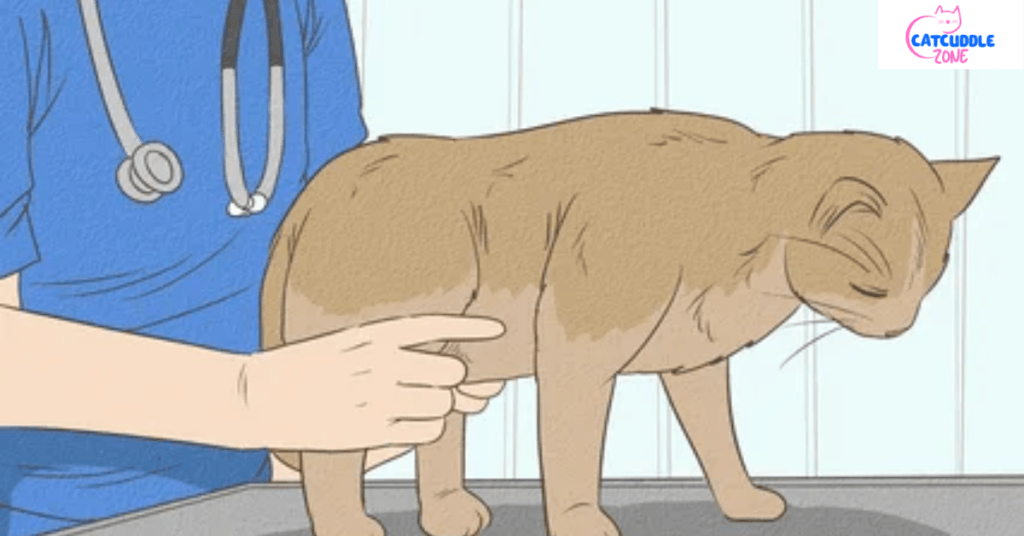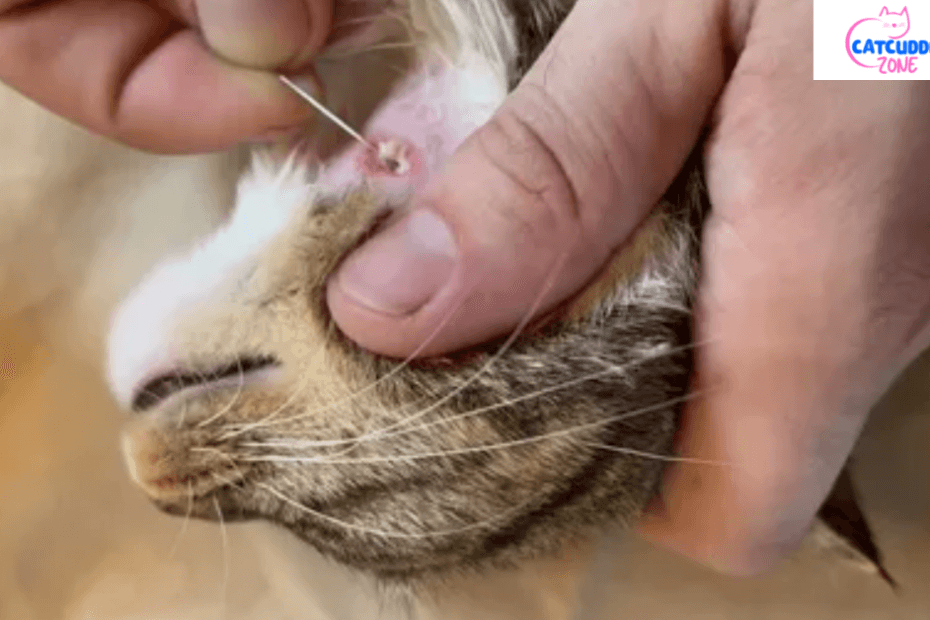Wolf worms, also known as warbles or Cuterebra larvae, are a disturbing but common parasite affecting cats in North America. These botfly larvae burrow under a cat’s skin, creating painful swellings with a distinctive breathing hole. Outdoor cats face the highest risk when exploring rodent burrows where the flies lay eggs. While rarely life-threatening, untreated infestations can lead to secondary infections or even neurological damage if larvae migrate.
Recognizing early symptoms like unusual lumps or excessive grooming is crucial for prompt treatment. This guide covers everything cat owners need to know – from identification and vet care to effective prevention methods. Understanding these subcutaneous parasites helps protect your feline friend from discomfort and potential complications.
Causes of Warbles in Cats
Cuterebra flies go through a cycle with adult flies laying eggs near rodent burrows. When a cat hunts or searches these areas, the eggs stick to the cat’s fur, and the egg hatches off of its body heat. The little larvae then enter via the nose, mouth, or an open wound.
Outdoor cats face the highest risk, especially in late summer and fall when botfly activity peaks. Cat hunting risks increase if they frequently chase rabbits or mice. Even indoor cats can get warbles if they escape outside briefly. Preventing exposure is key—keeping cats indoors during peak seasons reduces the chance of infection.
Symptoms of Wolf Worms in Cats
The most characteristic indicator is a lump like a cat, that has a breathing hole, which is most likely to occur on the head, the neck, or the back. The region can either seep pus, be stinky, or make the fur Matt as a result of the larval irritation. The cats tend to scratch or lick the spot too much, and this may aggravate it.
In rare cases, migration of larvae can occur in the nervous system, and the individual can become convulsed, blind, or she can develop difficulties in walking. Just in case you think that your cat seems to be weak, and may have a fever, or behaves differently, it is vital to find emergency care immediately. Can my cat give me warbles, and how can to diagnose them? Check the swelling and a tiny hole in the skin, as well as abnormal grooming habits.
How Are Warbles Diagnosed in Cats?
Vets usually diagnose warbles by examining the lump. The air hole in the warble is a dead giveaway. Sometimes, they’ll use imaging like X-rays or ultrasounds if the larvae have moved deeper into the body.
Blood tests aren’t usually needed unless there’s a secondary bacterial infection. If you’re unsure, a vet can confirm with a quick physical check. “Cat lump with breathing hole pictures” online can help you compare, but always get a professional opinion.
Warbles Treatment for Cats
Never try to remove a warble at home—squeezing it can break the larva, leaving pieces inside. A vet will safely extract it with tweezers, then clean the wound to prevent infection. “Cost to remove Cuterebra larvae at vet” ranges from $100 to $300, depending on complications.
After removal, your cat may need antibiotics like Clavamox. Pain relief and an Elizabethan collar (cone) help prevent scratching. “How long does warble treatment take?” Most cats heal in 1-2 weeks, but severe cases take longer.

Can Warbles in Cats Be Prevented?
The best prevention is keeping cats indoors, especially in warm months. If your cat goes outside, check their fur daily for lumps. “Indoor vs. outdoor cat warbles risk” is much lower for indoor-only pets.
Using flea and tick prevention won’t stop warbles, but reducing rodent populations in your yard helps. If you live near woods or fields, supervise outdoor time.
Are Warbles Contagious to Other Pets or Humans?
Warbles rarely spread between pets, but “Are warbles contagious to humans?” Yes—though it’s very rare. Always wash your hands after handling an infected cat. Dogs and rabbits can also get warbles, so check all pets if one is infected.
Recovery & Prognosis for Cats with Warbles
Most cats recover fully with treatment. The wound heals in days, but watch for swelling or fever. “Can warbles kill a cat?” Only if larvae migrate to the brain or cause severe infection, early treatment can prevent this.
For high-risk cats, regular vet checks help catch warbles early. If treated promptly, the prognosis is excellent.
Conclusion
Cats have worms, which are not pleasant but manageable with a quick visit to the vet. Risk of infections is reduced by preventing exposure by restricting access to the outside world. Even a cat should be checked and never tolerate its unusual lumps or strange behavior. Most cats regain health when treated correctly for the infestation of the wolf worms.
(FAQs)
How Do You Treat Wolf Worms in Cats?
Vets take great care in surgically extracting the larva using sterile forceps, cleaning the wound, and prescribing antibiotics to prevent infection. Self-removal should not be attempted since the rupture of the larynx results in severe complications.
How Do You Treat a Warble on a Cat?
Treatment should be surgical removal of intact larva under veterinary management, followed by treatment of the wound and medication. Your vet can offer pain relief and an Elizabethan collar to stop them from scratching.
How Do You Know If Your Cat Has Wolf Worm?
Seek to find a protruded lump having an evident hole of breathing, possibly having matted hair, and much licking. There is also the possibility of the cat developing a fever or even becoming lethargic in case there is a secondary infection.
What Does a Warble Worm Look Like on a Cat?
A warble is a cyst-like swelling (approximately 1cm wide), which has a minuscule breathing hole in the centre where there is a larva. There can be an outflow or discharge at the orifice.
How to Get Rid of Wolf Worm?
Professional veterinary removal is the only safe method – home remedies can worsen the situation. After removal, keep the area clean and administer prescribed antibiotics.
